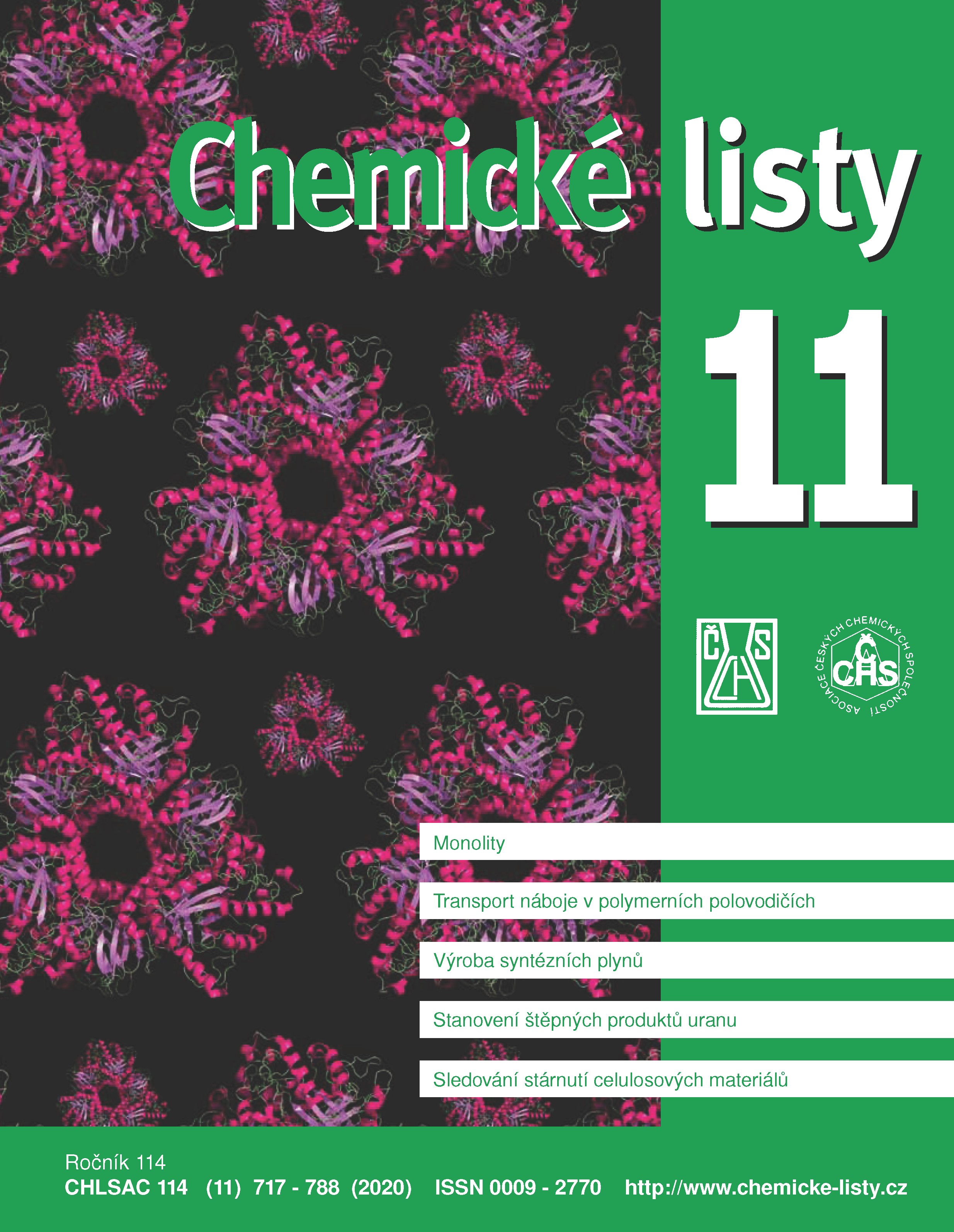Elektrochemická studie oligonukleotidových sond značených kvantovými tečkami pro detekci nukleové kyseliny viru afrického moru prasat
Klíčová slova:
technika adsorpčního přenosu, cyklická voltametrie, diferenční pulzní voltametrie, biosensor, virová onemocněníAbstrakt
The study presents the cornerstone of the design of a biosensor for rapid detection of African swine fever virus (ASFV), affecting members of the Suidae family, in meat and meat products. Due to the widespread and serious socio-economic impact of this virus, there is an effort to prevent its spread by using a rapid detection, which can also be done by unprofessional operators (e.g., farmers). There are several methodological approaches utilizing nucleic acid amplification, e.g. PCR or RT-PCR, which require several technical steps or a high concentration of pathogen in the sample. Another technique that could overcome the above problems is the electrochemical nucleic acid detection. In this experimental work, the adsorptive transfer technique was used when the nucleic acid was accumulated on the electrode and a non-specifically linked oligonucleotide was washed away. To verify the stability of the ODN CA signal, the signals for King F and King R were measured for 15 days and control charts were generated. No measurement exceeded the 2 SD limit. The results show good reproducibility of measurements among individual days. QDs of 5 nm, with an excitation maximum at 327 nm and an emission maximum at 607 nm with an absorption maximum at 550 nm interacted with ODN. The adsorptive transfer technique was used in which the oligonucleotide was first bound to the electrode and then quantum dots was bound to the oligonucleotide, which was detected by measuring the signal of the separate oligonucleotide probes (King F and King R) (n = 10) and measuring the cadmium signal (n = 10). The oligonucleotide signals were: King F 33 ± 5 nA, King R 22 ± 3 nA, King F/QDs 16 ± 9 nA and King R/QDs 16 ± 5 nA (oligonucleotide signal) and King F/QDs 62 ± 16 nA and King R/QDs 89 ± 18 nA (cadmium signal). These findings can be used for further experimental work in hybridizing oligonucleotide probes to viral DNA.





